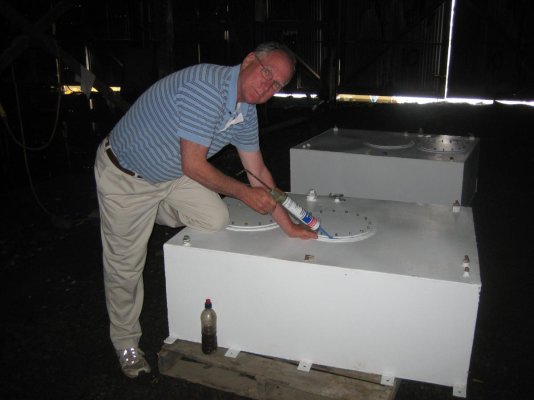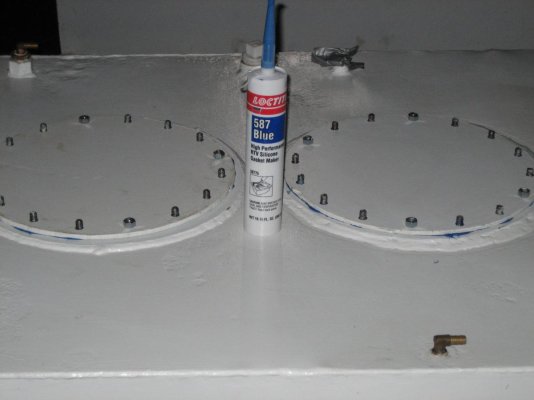ozjason
Newbie
- Joined
- Jul 19, 2014
- Messages
- 2
- Location
- Australia
- Vessel Name
- Lyndall
- Vessel Make
- 44 foot Tradewinds Aft Cabin
Hi all,
I have been following the trail of soft timber to uncover the top of the starboard fuel tank; no surprise it was very rusty and has some holes, the biggest of which is about 200mmx100mm and is on the edge.
Does anyone have a repair suggestion? Small holes I think I can just patch; should I cut the large hole out and have a patch installed or does someone have a better idea?
Appreciate your thoughts
I have been following the trail of soft timber to uncover the top of the starboard fuel tank; no surprise it was very rusty and has some holes, the biggest of which is about 200mmx100mm and is on the edge.
Does anyone have a repair suggestion? Small holes I think I can just patch; should I cut the large hole out and have a patch installed or does someone have a better idea?
Appreciate your thoughts







